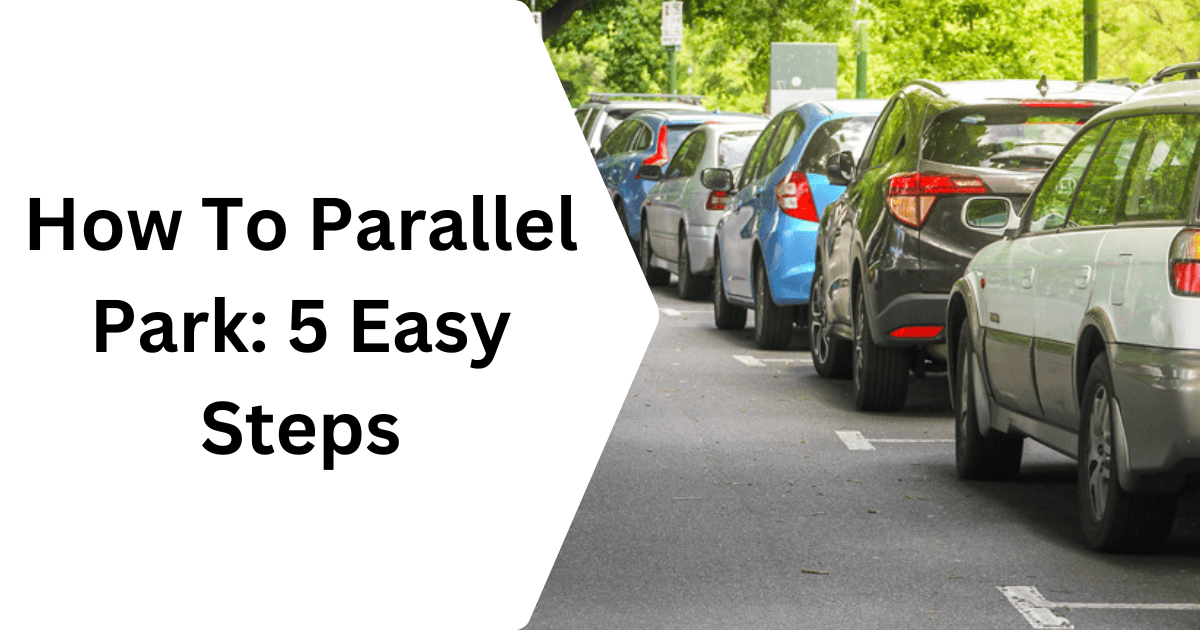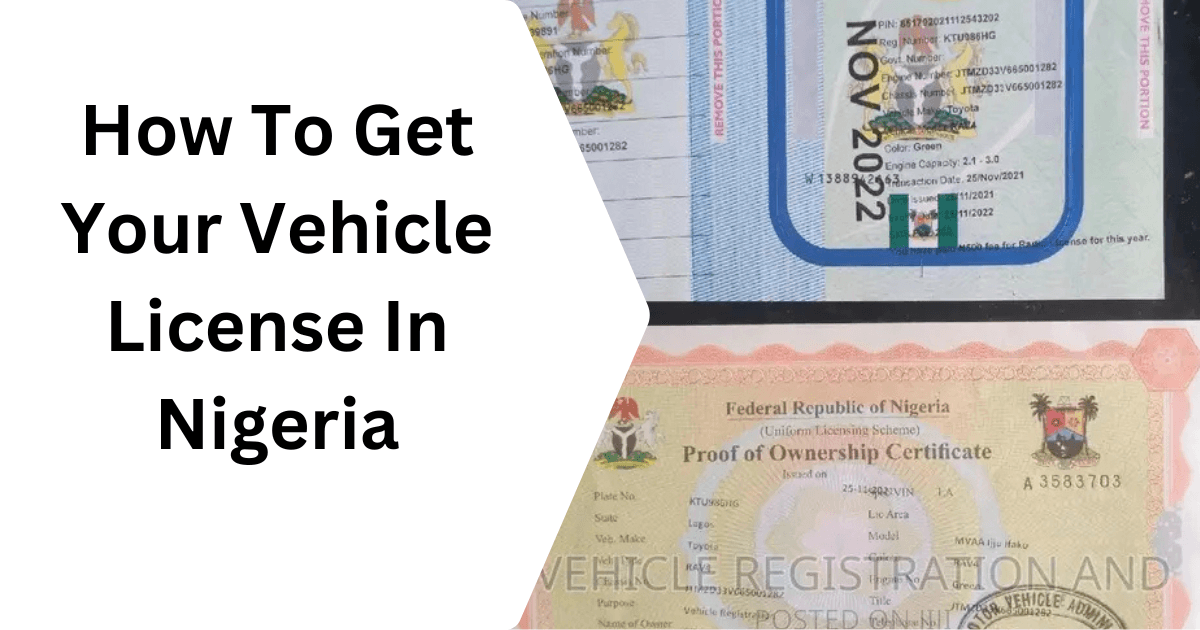Parallel parking can feel intimidating, especially for new drivers, but it’s a valuable skill that makes city driving and tight parking spaces much easier. Whether you’re parking on a busy street or squeezing into a spot between two cars, knowing how to parallel park saves time and helps you park confidently.
In this article, we’ll break down parallel parking into five simple steps. With a bit of practice, you’ll be able to master this skill and handle parking challenges with ease. Let’s get started!
Step 1: Find a Suitable Parking Spot
Look for a parking spot that’s a bit longer than your car, as this gives you enough room to maneuver. Ideally, the space should be at least a few feet longer than your car’s length, allowing you to move in and out comfortably. Finding a spot with extra room makes parallel parking easier, especially if you’re still practicing and getting comfortable with this skill.
It’s also important to check for any restrictions, like fire hydrants, driveways, or no-parking signs, before you start parking. Parking too close to these areas could lead to fines or even towing.
Step 2: Position Your Car Correctly
Line up your car next to the car in front of the parking space. Leave about 2-3 feet of space between your car and the other car to give yourself enough room to back in. Make sure your car is straight, so it’s easier to start reversing into the spot. Before you start moving, check your mirrors and look around to make sure it’s safe.
Step 3: Begin Reversing and Turn the Wheel Toward the Space
Start by slowly reversing and turning the steering wheel toward the parking space. This angle will guide the back of your car into the spot while keeping you in control. Move slowly to avoid hitting the car behind you, and keep checking your mirrors as you reverse.
As you back in, keep an eye on the front of your car to make sure it clears the car in front of the space. If it looks like you’re getting too close, stop, adjust, and continue backing in. Moving slowly and watching your surroundings will help you enter the space smoothly.
Step 4: Straighten the Wheel and Continue Backing Up
Once the back of your car is mostly in the space and the front of your car clears the car ahead, straighten the steering wheel. This will help guide your car straight into the parking spot as you continue to reverse. Straightening the wheel keeps you aligned with the curb and prevents your car from drifting to one side.
Continue backing up slowly until your car is fully in the spot, keeping an eye on both the curb and the car behind you. Go slow and make small adjustments if needed to ensure you’re centered in the space. This will help you park evenly without getting too close to the curb or the car behind.
Step 5: Move Forward and Center Your Car
Once your car is mostly in the space, shift into drive and move forward a little to center yourself between the two cars. This final adjustment helps you keep an equal distance from both the car in front and the car behind, making it easier for you to pull out later. Move forward slowly to avoid hitting the curb.
When you’re centered, make sure your car is parallel to the curb and adjust if needed. This will leave enough room for other cars to park and makes sure you’re properly positioned in the spot. Once you’re happy with your parking, put the car in “Park” and you’re done!
FAQs
1. What should I do if the space is too tight to park in?
If the space feels too tight, it’s best to find another spot. For safe parking, the space should be at least a few feet longer than your car. Trying to squeeze into a small space can lead to scraping the curb or hitting other cars. Choose a spot with enough room to maneuver comfortably.
2. How do I know if I’m too close to the curb?
While reversing, keep an eye on your side mirrors to judge your distance from the curb. Ideally, your car should be about 6-12 inches away from the curb. If you get too close, gently pull forward, straighten the wheel, and adjust your position to avoid scraping your tires on the curb.
3. How can I practice parallel parking?
Start by practicing in a quiet area, like an empty parking lot, where you can set up cones or use imaginary markers as cars. Practice backing into the spot slowly and making adjustments as needed. Practicing without real cars nearby helps you build confidence before trying it on a busy street.
4. What if I can’t get into the space on the first try?
If you don’t get in on the first try, that’s okay—just pull forward, adjust, and try again. Parallel parking often takes a few tries when you’re learning, so don’t rush or feel pressured by other drivers. Take your time to park safely and correctly.
5. How do I avoid hitting the car behind me when reversing?
Keep checking your mirrors and look over your shoulder as you back in. Move slowly so you have time to stop if you’re getting close to the car behind. Practicing reversing with small, steady movements helps you stay in control and avoid accidental bumps.
Mastering parallel parking might seem tricky at first, but with these five easy steps, you’ll park like a pro in no time. Remember, practice makes perfect, so stay patient and confident. For more essential driving tips for beginners, be sure to check out this post and take your skills to the next level! 🚗




